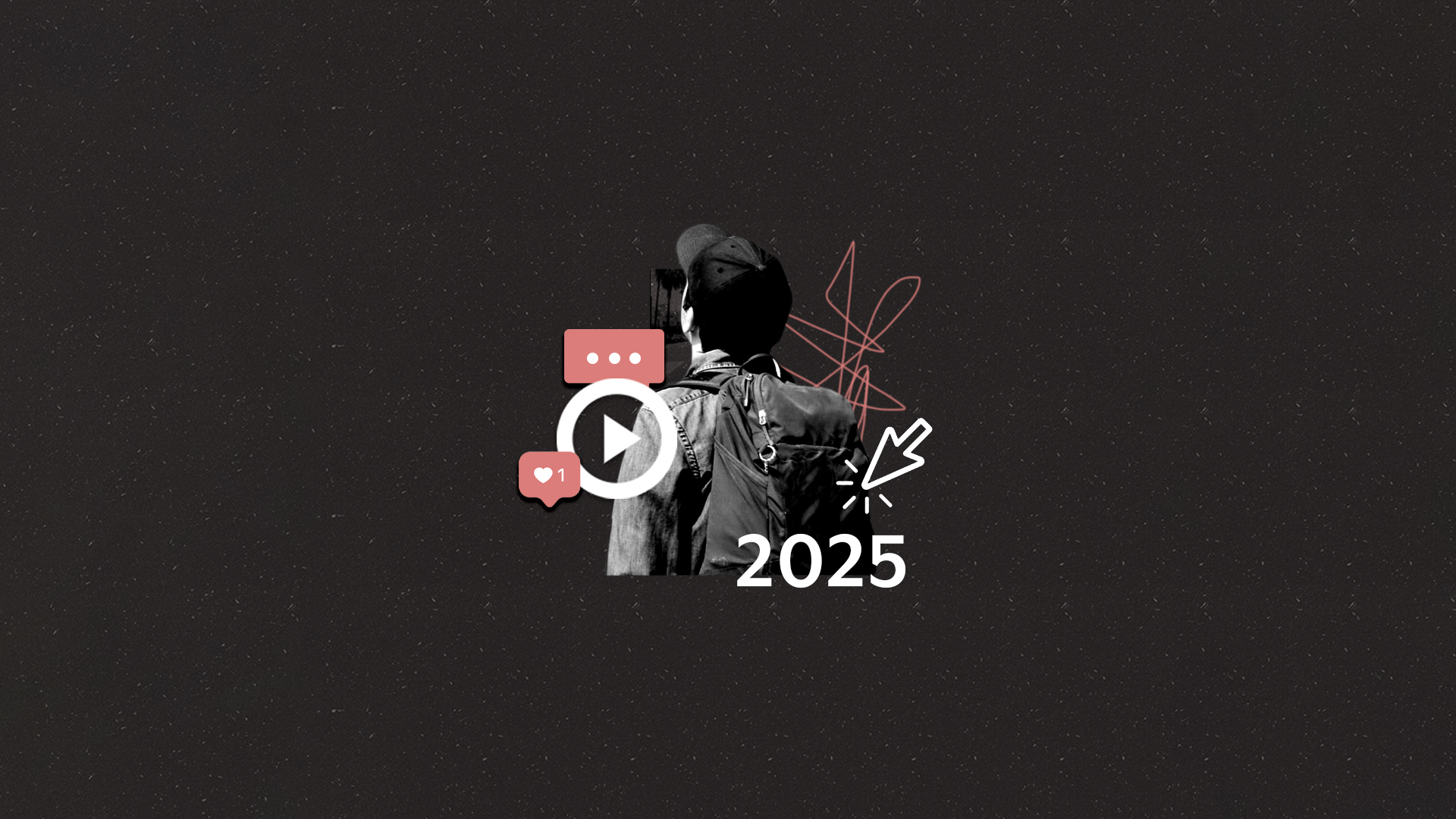
Why content is the key to recruiting The Class of 2025
Recruiting the Class of 2025 will be a challenge unlike any other. COVID-19 has certainly made it more difficult, but it’s not impossible.
Without the traditional tools of your recruitment arsenal, finding new ways to connect with prospective students before, during, and after the admissions cycle is more important than ever. Here are a couple avenues to consider to make yours stand out from the crowd.
Embrace the power of microsites
First impressions are important – we all know that. For colleges and universities, this is usually your website, and while these should always be user-friendly and easy to navigate, this will be even more crucial for 2021.
If you’re one of the many universities planning to use a primarily online or hybrid in-person and online model for fall, or even 2021, microsites and landing pages offer an efficient, effective solution for targeted recruitment and information about your new model. “Walking the walk” will be key this cycle – if you plan on promoting an online education model, your digital presence will provide clues to prospective students for what they can expect your campus experience to be like.
As part of our work with the University of Wisconsin-Madison, we created a unique microsite that repositioned their 15 segmented Professional Degrees and Certificate programs into a single, consumer focused experience, combining the previously 30 or so websites into one. By synthesizing the content into one platform, students can discover and identify the opportunities that best fit their needs, whether that be researching available programs, connecting with an Enrollment Coach, or exploring Career Services, in support of a truly lifelong learning student journey.
Offer a 360 perspective
A picture’s worth a thousand words – a video is worth a million. Sure, students won’t be able to visit you in-person this fall, but we can still invite them to campus.
If your organization has yet to venture into the world of 360 video, now is the time to start. Like your in-person tours, 360 video tours can provide prospective students (and their families) an opportunity to see your campus, get a feel for it, and, above all, envision themselves spending the next four years there. After all, you aren’t just selling a degree, you’re selling an entire experience.
That being said, it’s crucial to maintain your campus’ unique personality in your video experience. With so many video options available, it’s easy for institutions to start looking, and feeling, the same.
We are in the process of doing a 360 degree campus tour driven completely by video for Southeastern Community College. Based on our strategy of “Here is the Way”, it will provide eight different guided pathways for students of all types, from high school to career advancement, providing prospective students an opportunity to see a customized tour of campus. In this augmented reality, students can hold up their phone or tablet and as they walk around, allowing them to feel like they are inside of any building or on the campus quad. It will also provide students the opportunity to add to the tour by tagging their photos with a building or campus experience, which can then be shared to social media.
Show your worth
Arguably the biggest question facing higher ed at the moment is what fall will look like on campus. To put it simply, it’ll be different for everyone, and as University-attributed COVID-19 cases increase, it’s still an evolving situation.
As such, the Class of 2025 (not to mention current students and parents) will inevitably be asking about the value of an experience that is primarily online or as online as it is in-person, and, more importantly, if it justifies the price point.
Don’t just tell someone why a degree from your school is worth it, show them. Using content to communicate value will not only help prospective students see themselves on your campus, but it allows higher educational institutions to both address and engage in conversations that students and their families are already having.
This concept played a large role in our campaign with the University of Wisconsin-Madison. While the campaign happened pre-COVID, the strategy and message behind it still applies – “For what it’s worth, it’s worth it.” Meet students and families where they are—gathered around kitchen tables debating the value of your degree versus the investment. Recognizing that, for many students, this wasn’t (and still isn’t) just their decision, we welcomed the conversation rather than shied away from it, and we found that prospective students became more open and trusting in the process.
Content has always been king, and in the time of COVID, it’s reigning supreme.
Want to talk about content some more? We’d love to chat.